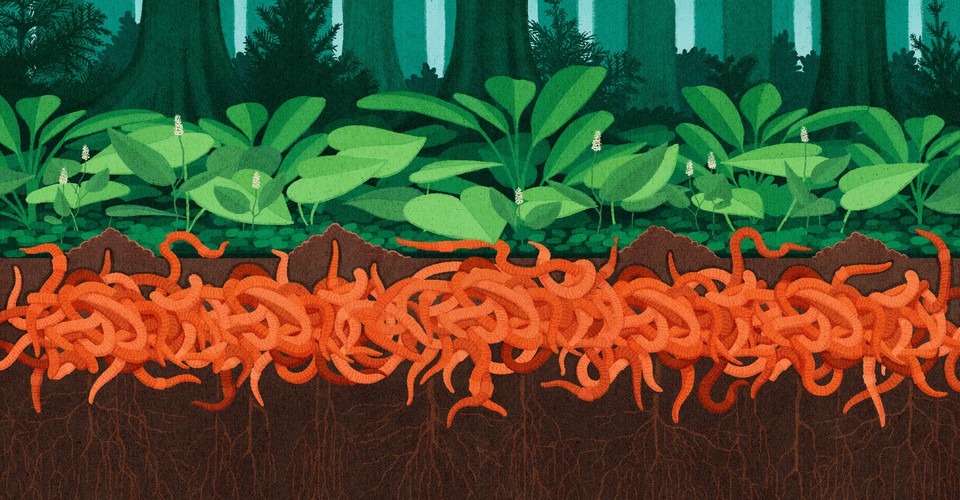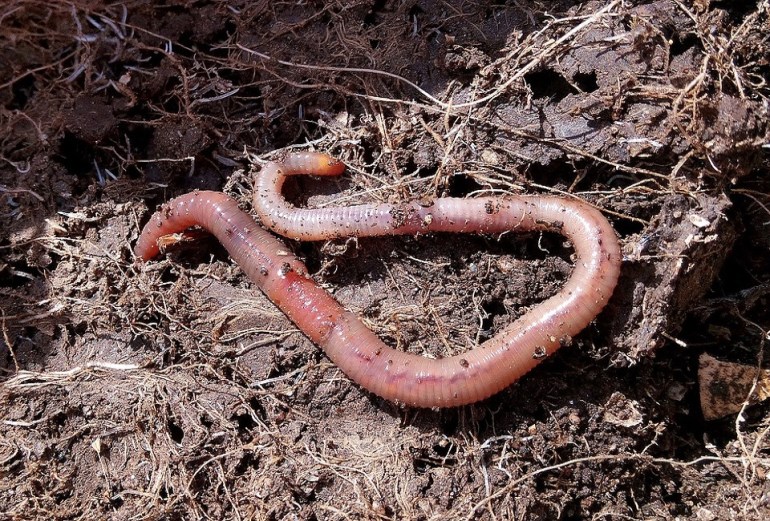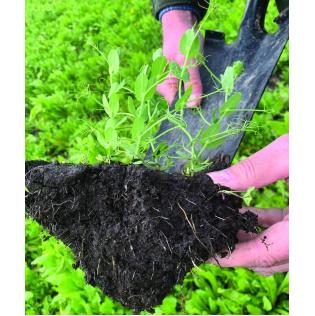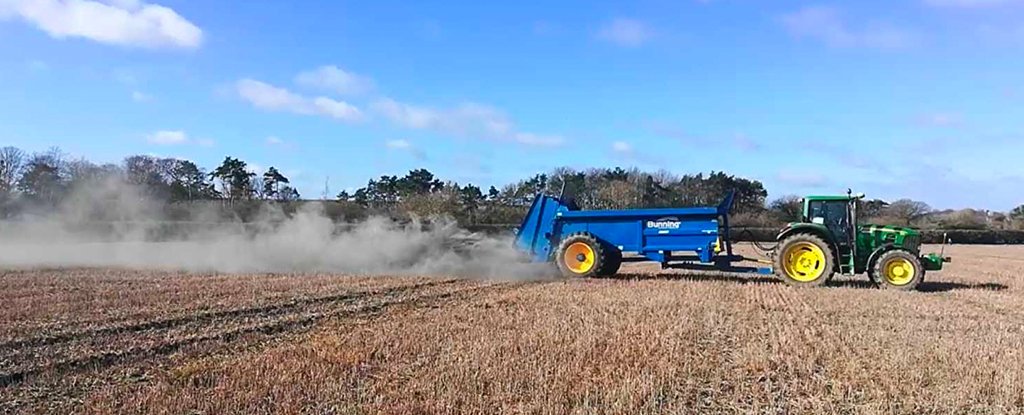 John LaRose Jr.
John LaRose Jr.
Topics: Soil Health, Forestry, Sustainability, Regenerative Agriculture,
Cancel Earthworms
The “crazy worms” remaking forests aren’t your friendly neighborhood garden worms. Then again, those aren’t so great either.
-
(0)
-
Bookmark
- Comments (2)
 John LaRose Jr.
John LaRose Jr.
Topics: Soil Health, Pest Control, World Population,
Odors produced by soil microbes attract red fire ants to safer nest sites
Newly mated queens of the red fire ant select nest sites with a relatively low pathogen risk by detecting odors produced by soil bacteria that inhibit the growth of ant-infecting fungi, according to a ...
-
(0)
-
Bookmark
- Comments (0)
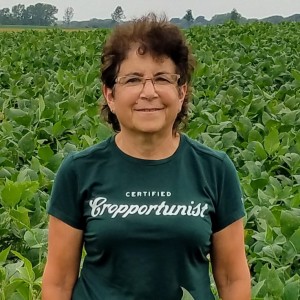 Nancy Kavazanjian
Nancy Kavazanjian
Topics: Soil Health, Genes /Genetics, Regenerative Agriculture,
New meta-analysis finds Bt crops have no impact on soil biota - Alliance for Science
A new meta-analysis finds that genetically modified Bt crops — in stark contrast to some pesticides — have no impact on soil invertebrates. The new research provides further weight to the argument that Bt crops, which control pests in a very targeted way using insecticidal proteins (Bt) expressed in plant tissues, protect biodiversity by helping farmers reduce their […]
-
(0)
-
Bookmark
- Comments (0)
 John LaRose Jr.
John LaRose Jr.
Topics: Corn/Maize, Soil Health, Irrigation, Agriculture US, Crop Consultant, Conservation/Tillage, Sustainability,
-
(0)
-
Bookmark
- Comments (0)
09/10/2020 SOURCE: www.agrinews-pubs.com
WILLIAMSPORT, Ind. — Regenerative agriculture systems, also known as soil health systems, can help restore soil nutrients and benefit cash crops.
Farmer puts soil health first: Field day focuses on regenerative systems
-
(0)
-
Bookmark
- Comments. (0)
 John LaRose Jr.
John LaRose Jr.
Topics: Soil Health, Education U.S. NorthEast, Water, Sustainability, Crop Diseases, Research, World Population,
Virginia researchers studying 'the sound of plants dancing' to improve agriculture
What do dancing plants sound like?
-
(0)
-
Bookmark
- Comments (1)
 John LaRose Jr.
John LaRose Jr.
Topics: Soil Health, Precision AG , Water, Economics, Research, World Hunger, World Population, Regenerative Agriculture,
Marlborough's gravelly soil could provide new understanding of liquefaction
Liquefaction research at Blenheim’s home of rugby could be a game-changer for Wellington’s waterfront and further afield.
-
(0)
-
Bookmark
- Comments (0)
 John LaRose Jr.
John LaRose Jr.
Topics: Soil Health, Water, Sustainability, World Hunger, Climate Change, World Population, Renewable Energy (Solar/Wind),
Simple Addition to Crops Could Help Soak Up 2 Billion Tonnes of CO2 Each Year
And we could use existing infrastructure.
-
(0)
-
Bookmark
- Comments (0)
 John LaRose Jr.
John LaRose Jr.
Topics: Soil Health, Agriculture US, Crop Consultant, Agriculture Global, Education U.S. MidWest, Education U.S. West, Conservation/Tillage, Economics,
Study seeks to increase adoption of soil conservation practices
Farmers who make soil health a priority are more likely to rotate three or more crops and to graze livestock on cropland, according to a survey of producers in South Dakota, North Dakota and Nebraska.
-
(0)
-
Bookmark
- Comments (0)
 John LaRose Jr.
John LaRose Jr.
Topics: Corn/Maize, Soil Health, Soybeans, Agriculture US, Education U.S. MidWest, Economics, Research, Climate Change,
Diversifying crop rotations improves environmental outcomes while keeping farms profitable
Diversifying crop rotations can reduce negative environmental and health impacts and maintain profitability.
-
(0)
-
Bookmark
- Comments (0)


